

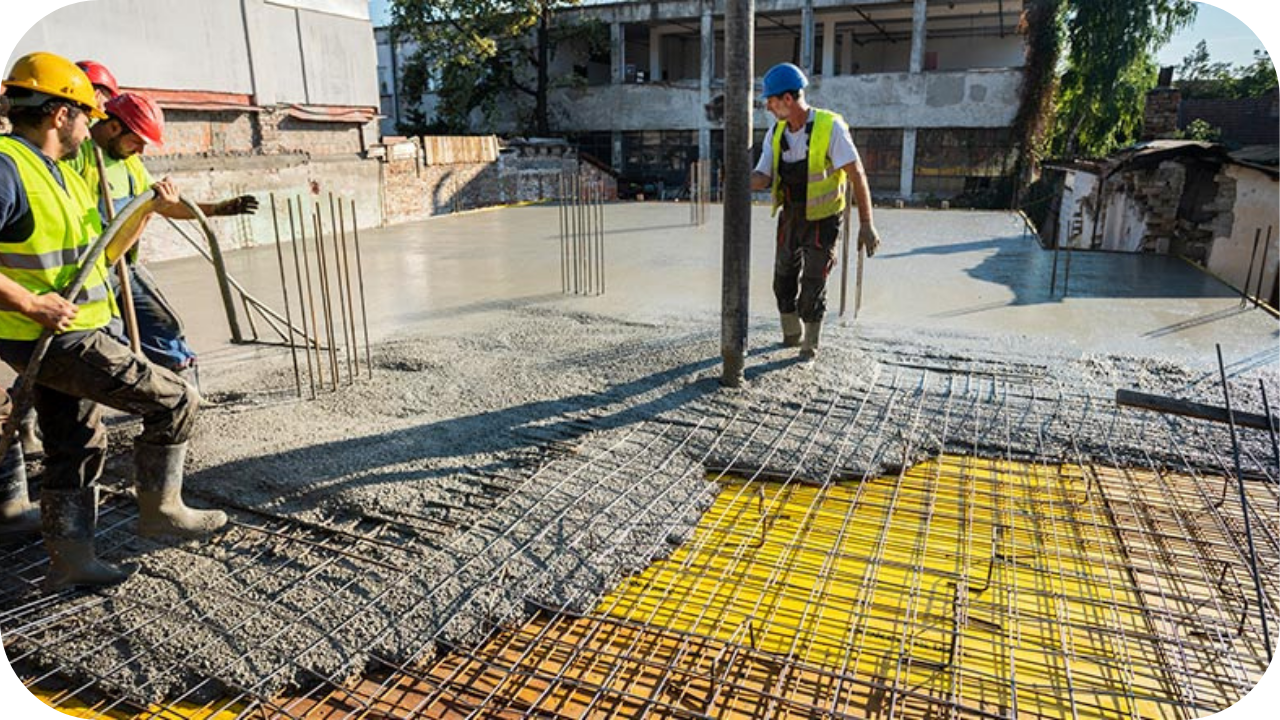
Concrete slabs are the backbone of everything from new homes to backyard sheds across Australia. But before the first truck rolls in, it’s smart to know where your money’s really going. Prices can shift a fair bit depending on the slab’s size, thickness, concrete type, and even the condition of your site.
Cutting corners here can cost you much more down the track. If you’re planning a build, here’s what you need to know before locking in your slab.

The average cost of a basic concrete slab in Australia typically ranges from $70 to $150 per square metre. That figure covers standard grey concrete poured on a reasonably prepared site. It’s a solid starting point if you’re pricing up a driveway, patio, house foundation, or even a shed base.
However, that’s just the baseline. Prices can swing higher or lower depending on a few key factors. Your location makes a real difference; labour rates, material availability, and even weather conditions can shift the cost. For example, you might pay a little more in busy urban areas like Sydney or Melbourne compared to regional towns.
Project scale is another big one. Small jobs often cost more per square metre because of set-up costs, minimum delivery fees, and less efficient use of time and materials. On the flip side, larger pours usually get you a better rate per metre as contractors can spread fixed costs across a bigger area.
Keep in mind these figures usually cover only the pour itself. Site preparation, reinforcement, and finishing touches can quickly add to the final bill. Planning ahead and getting a detailed quote is the best way to avoid any surprises later.
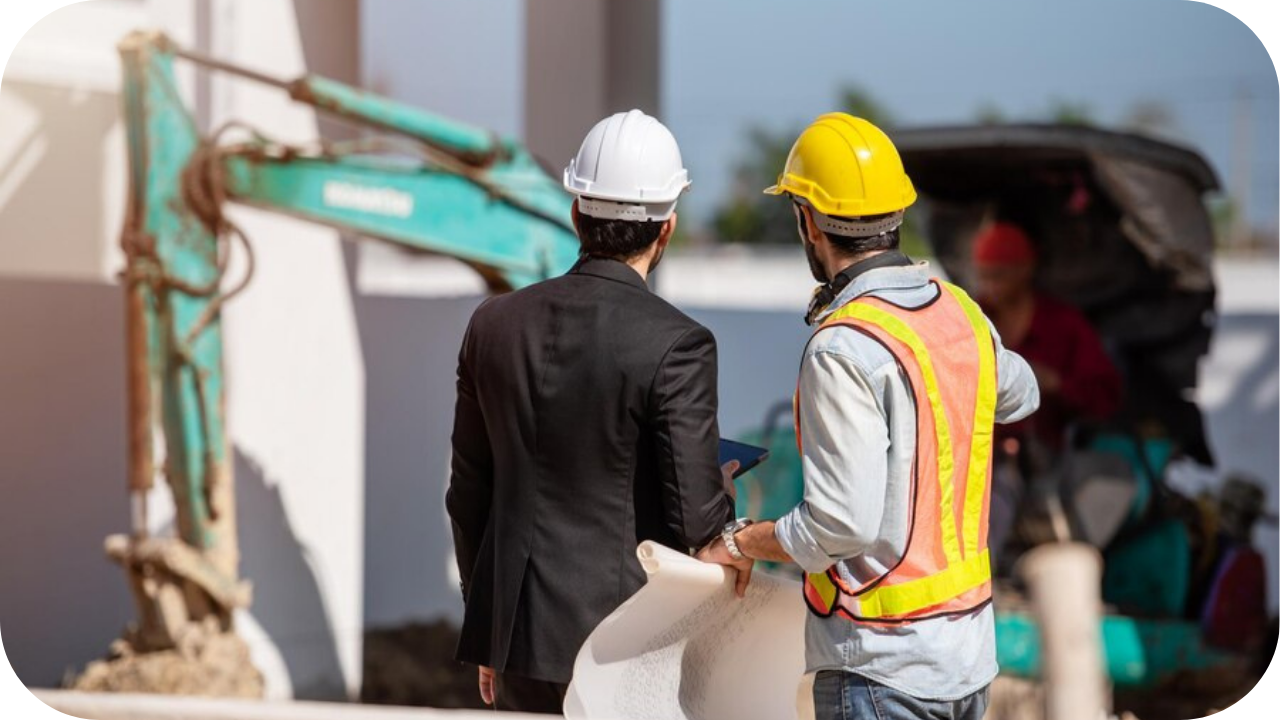
Not all concrete slabs are created equal, neither are their price tags. Several key factors will nudge your quote higher or lower. Knowing what impacts the cost gives you the power to plan smarter and make choices that suit your project and budget from the start.
The bigger and thicker the slab, the higher the cost, it’s that simple. More materials are needed, more time is spent on site, and heavier machinery often gets involved. A standard 100mm thick slab might fit the basic pricing range, but increase the thickness or surface area, and you’ll quickly see the final figure grow.
If your project demands additional load-bearing strength, expect extra reinforcement and deeper pours, both of which will stretch your budget further.
Concrete isn’t one-size-fits-all. Standard grey concrete is the most affordable option, but polished, coloured, exposed aggregate, and reinforced slabs each carry their own price points. Choosing decorative finishes or heavy-duty mixes will lift the cost considerably.
While it might be tempting to stick with basic concrete, specialised types can offer better durability, a more striking appearance, or improved performance depending on your needs. It all comes down to what you’re aiming to achieve with your slab.
Before a single drop of concrete is poured, the ground beneath it needs to be properly prepared. Excavation, grading, levelling, and ensuring proper drainage are all crucial for a long-lasting slab. If your site is rocky, uneven, or waterlogged, you’ll likely need additional work, which bumps up the cost.
Good preparation isn’t something to skimp on either, a poorly prepared site can lead to cracking, sinking, or drainage problems down the track.
Easy access can make a world of difference to your final quote. If trucks, pumps, and workers can easily reach the slab site, labour costs stay lower. But if your site is tight, steep, or obstructed, you might need extra equipment like line pumps or cranes, and more time to get the job done. Narrow driveways, inner-city blocks, or sloping land can all add to the difficulty and the bill very quickly.
Not all contractors are created equal. Hiring a reputable, experienced concreter often costs more upfront, but the quality of the slab will speak for itself in the years to come. Skilled teams work faster, follow proper procedures, and deliver a polished result that stands the test of time.
While it might be tempting to go with the cheapest quote, cutting corners on labour usually leads to cracks, sinking, and costly repairs later. Paying for experience is an investment in peace of mind.
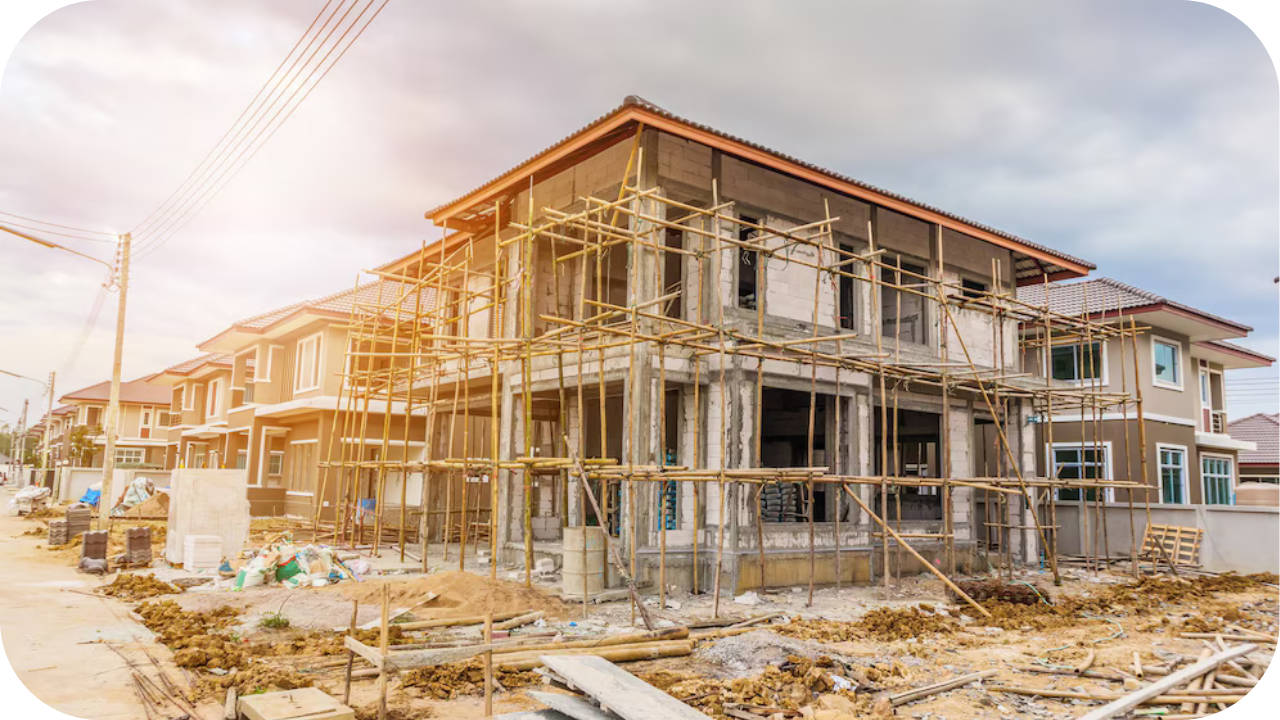
It’s easy to focus just on the square metre price when budgeting for a slab, but there are extra costs that can catch you off guard if you’re not prepared. Factoring in these additional items upfront can save you headaches and a few thousand dollars down the track.
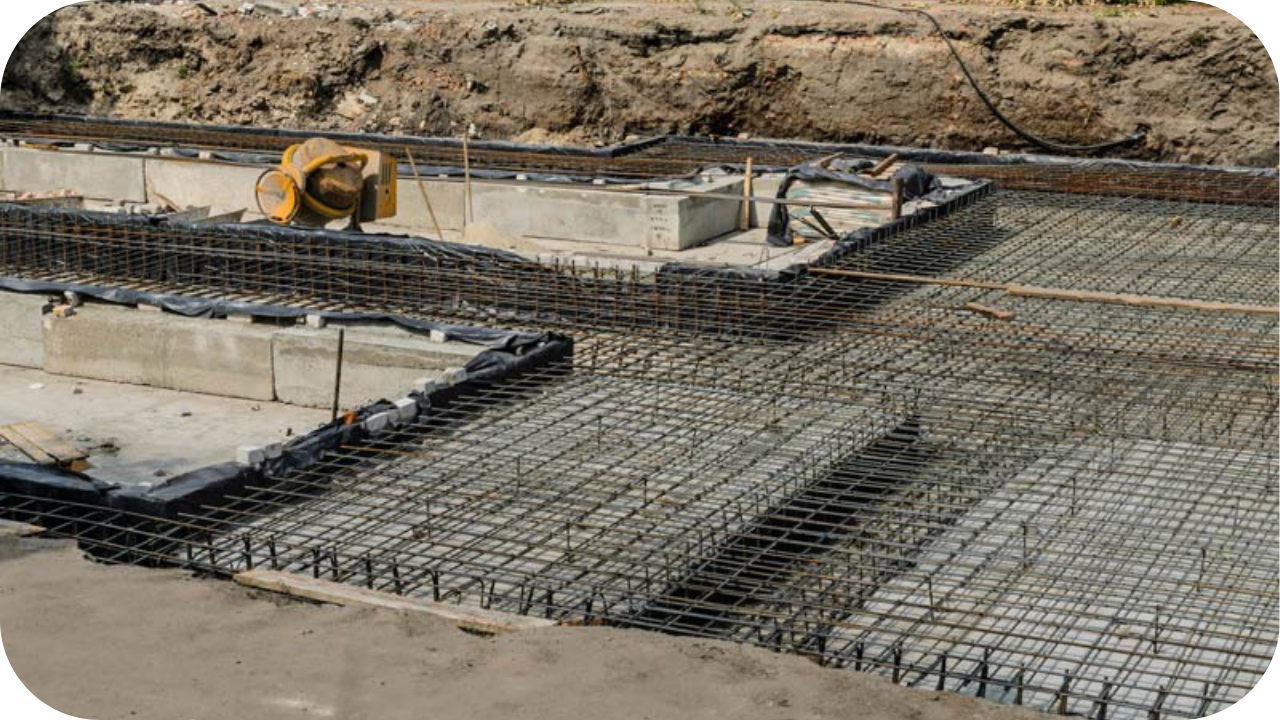
There is more to getting a good deal than simply chasing the cheapest quote. Smart planning and smart choices will give you a slab that lasts and save you from paying twice for repairs down the track. Here is how to make sure your money goes further:
Talk to our concreting team today and find out how we can help you get real value for your project.
Choosing to invest a little more in a quality concrete slab is one of the smartest decisions you can make. A well-built slab sets the foundation for the entire structure, saving you from costly repairs, headaches, and future rebuilds.
Cutting corners might look cheaper at the start, but it often leads to bigger expenses down the track. If you want peace of mind and lasting results, working with the right team matters. Need expert advice? Request a consultation with us today.
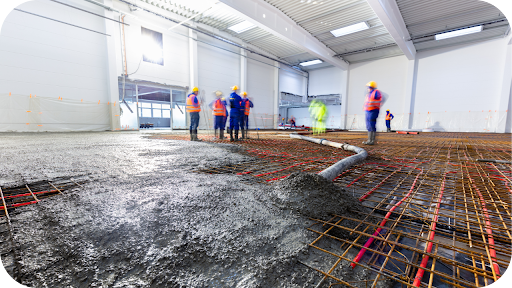
Choosing the right concrete contractor in Melbourne ensures strength, safety, and long-term value. Learn how Urban Pour delivers precision, quality, and trusted results on every project.
See more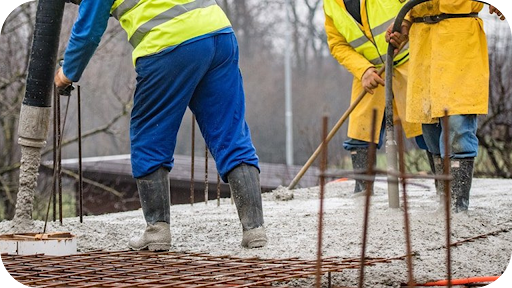
Concrete pumping gives Melbourne builders faster, cleaner, and safer pours. Learn why it’s the go-to method for efficient, high-quality concrete placement on any site.
See more
Residential concreting gives Melbourne homes lasting strength and modern appeal. From driveways to interiors, Urban Pour delivers durable, design-focused results built for beauty and longevity.
See more